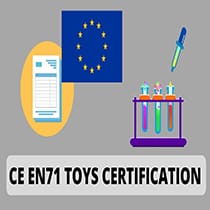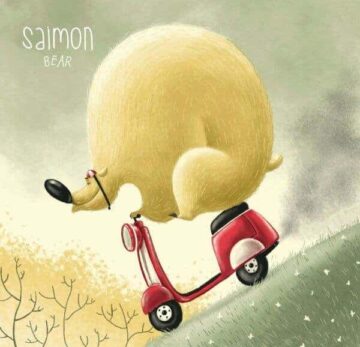
Young children at greater risk
According to Dr Nasiruddin Khan, the head of the KU’s lab, all the tested samples exceeded the internationally accepted minimum risk levels. “These toxic contents are known to cause serious health disorders. It all depends on the level of their concentration, which in this case is very high, as well as the extent of their exposure, which in this case we don’t know. Children under three years, however, are more at risk because they tend to chew and suck on plastic toys and also because their bodies are in the development process.”
Lead, he said, was a well-known neurotoxin and affected all systems within the body. “It can cause gradual mental retardation. The problem with lead is that it starts depositing in the brain. So, even low exposure to lead could be dangerous due to its cumulative effect. Ideally, toys should be lead-free,” Dr Khan said.
Defining phthalates, Dr Khan said that they are produced from petrochemicals, are odourless and look like clear vegetable oil. These organic chemicals are commonly used as plasticisers to make plastic supple. Till recently, di-2-ethylhexyl phthalate was the dominantly used plasticiser in toys. After scientific studies showed that DEHP is toxic, di-isononyl phthalate has become the most commonly used plasticiser. Dr Khan pointed out, however, that studies have shown that DINP is also harmful.
“Currently, we don’t have specialised equipment that is sensitive to very low levels of toxicity in toys. However, there has been an increasing awareness all over the world in recent years about the toxic contents of toys and laboratories with specialised equipment are being developed solely to test toxicity in toys,” Dr Khan told Dawn.
Currently, we don’t have specialised equipment that is sensitive to very low levels of toxicity in toys. However, there has been an increasing awareness all over the world in recent years about the toxic contents of toys and laboratories with specialised equipment are being developed solely to test toxicity in toys, Dr Khan told Dawn.
Risks to health
The effects of lead exposure to the human body, especially children, has been discussed in a study carried out by the AKU’s Department of Community Health in collaboration with the Epidemiology and International Health department of the University of Alabama in 2007.
The research paper, titled ‘Status of children’s blood lead levels in Pakistan implications for research and policy’, says that children are more vulnerable to lead exposure than adults because developing brains are more sensitive to the effects of lead exposure. Children can also be exposed to lead from mothers during gestation and breast-feeding.
Some relevant studies have shown that childhood exposure to even low levels of lead shift the intelligence quotient distribution of an entire population towards the lower end of the scale, leading to a decrease in the overall intellectual level and productivity of that population.
About the risks cadmium and phthalates pose to human health, Dr Zafar Fatmi, head of the Environmental Health Sciences division and Community Medicine Residency Programme Director at the Aga Khan University’s department of Community Health Sciences, said “Cadmium exposure among children may affect kidneys, lungs, and also intestinal damage in this case as the route of exposure is also ingestion.
“Although child development and behavioural problems have not been seen with cadmium exposure, a careful approach is needed as little research has been done,” he said, adding that animal studies indicated that younger members of the population were more susceptible than adults and that cadmium exposure could contribute to decreased bone strength.
According to Dr Fatmi, the minimal risk level (MRL) for cadmium is 0.1 µg/kg/day. Most ingested cadmium passes through the stomach and the intestines unabsorbed (1-6 per cent is absorbed).








